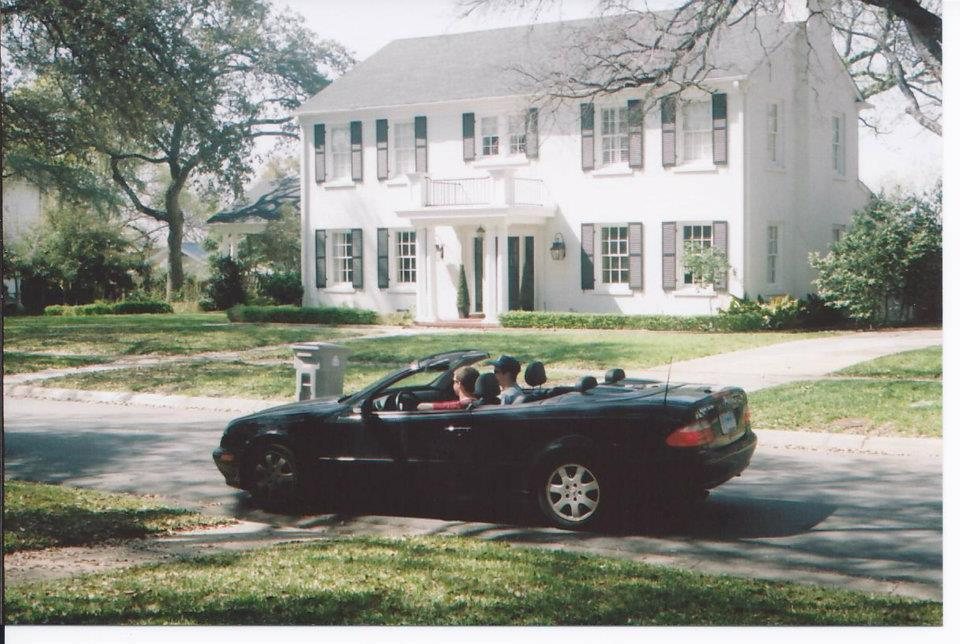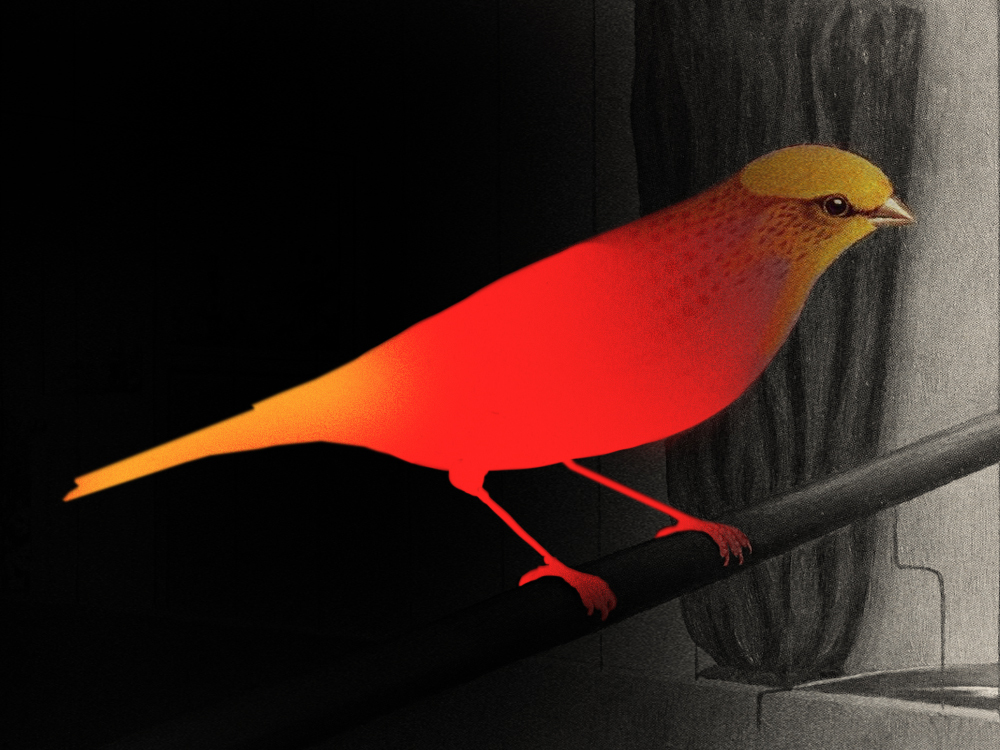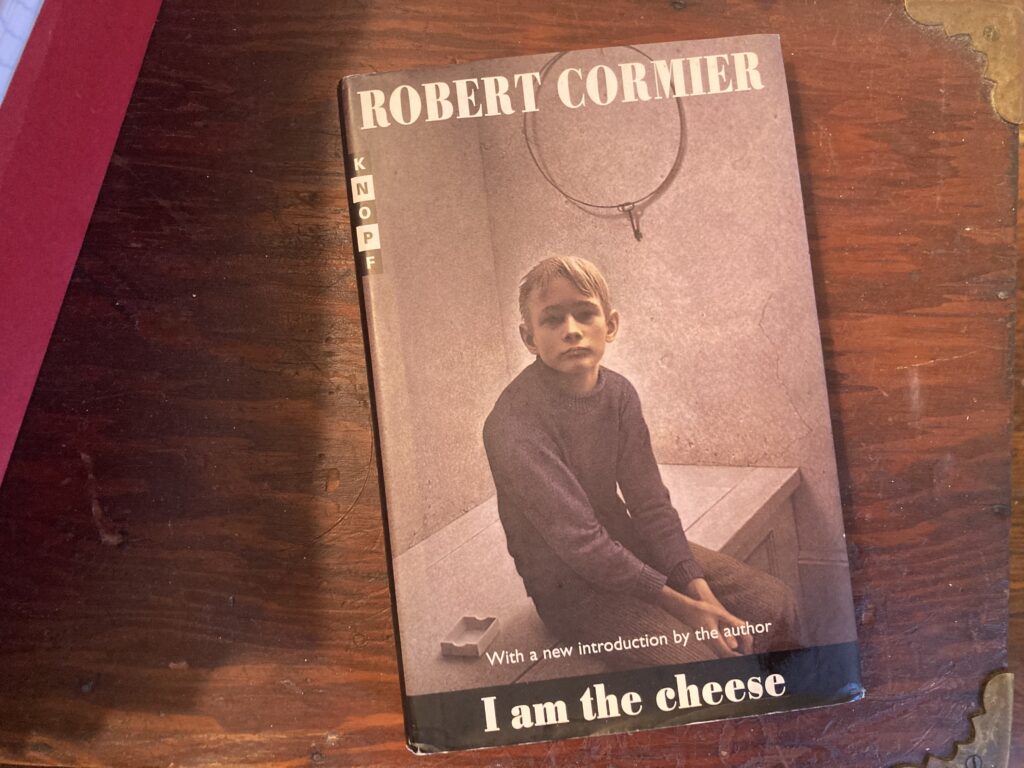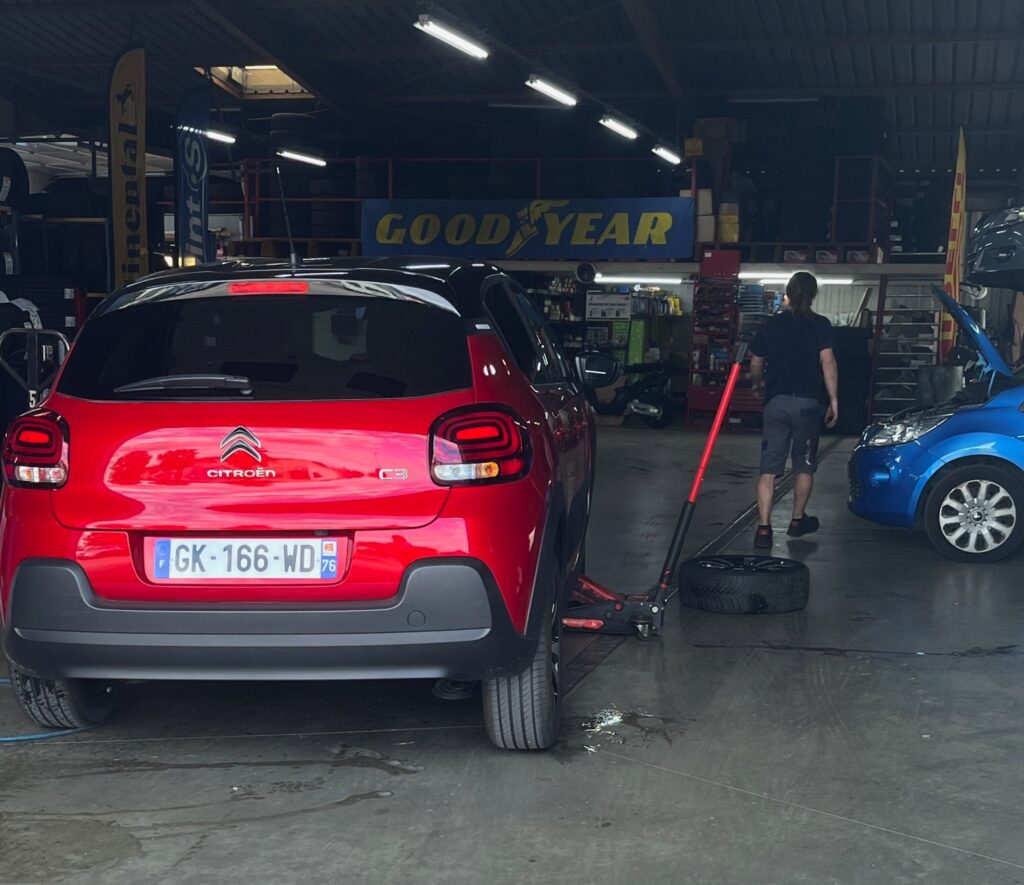I take pride in my disabled life, an existence full of joy and wonder. But sometimes, moving through the world as a disabled person can feel overwhelming. At every turn, there are reminders that this world wasn’t made with disabled people in mind. But when I pick up books by disabled authors, it’s like reading an encouraging note from a friend reminding me that there are a whole host of other disabled people trying to go about their lives just like I am.
2023 was a year star-studded with incredible works of disability literature. There’s a wealth of poetry, memoir, essays, and researched nonfiction. There are people who have been disabled their entire lives and people new to their lives as a disabled person. It’s one of the first years I can remember having to struggle to keep up with all of the books by disabled authors being published — what a great problem to have!
I’ve gathered together some of my favorite books by disabled, chronically ill, Deaf, and neurodivergent authors. There are some of my old favorites — like Jen Cambell, Samantha Irby, and Jenn Shapland — and some new-to-me favorite authors, including Tara Sidhoo Fraser, Janine Joseph, and Ashley Shew. Whatever kinds of books you enjoy, there is sure to be something on this list for you!
Head Above Water: Reflections on Illness by Shahd AlshammariWritten from the perspective of a Palistinian-Bedouin woman living in Kuwait, Head Above Water is one of the first disability memoirs written in English by an Arab woman. When Shahd was on the verge of adulthood, her doctor diagnosed her with multiple sclerosis and explained that he didn’t think she would live past her third decade. But Alshammari becomes determined to prove him wrong. |
Please Do Not Touch This Exhibit by Jen CampbellIn her most recent collection, Please Do Not Touch This Exhibit, Campbell examines a childhood growing up as a disabled girl who spent much of her time in and out of hospitals. Reading this poetry collection is like a walk into Campbell’s past of hospital operations, rejoining her in the present filled with fertility clinic waiting rooms and years spent shielding herself during the ongoing COVID pandemic. |
Copyright
© Book Riot




















